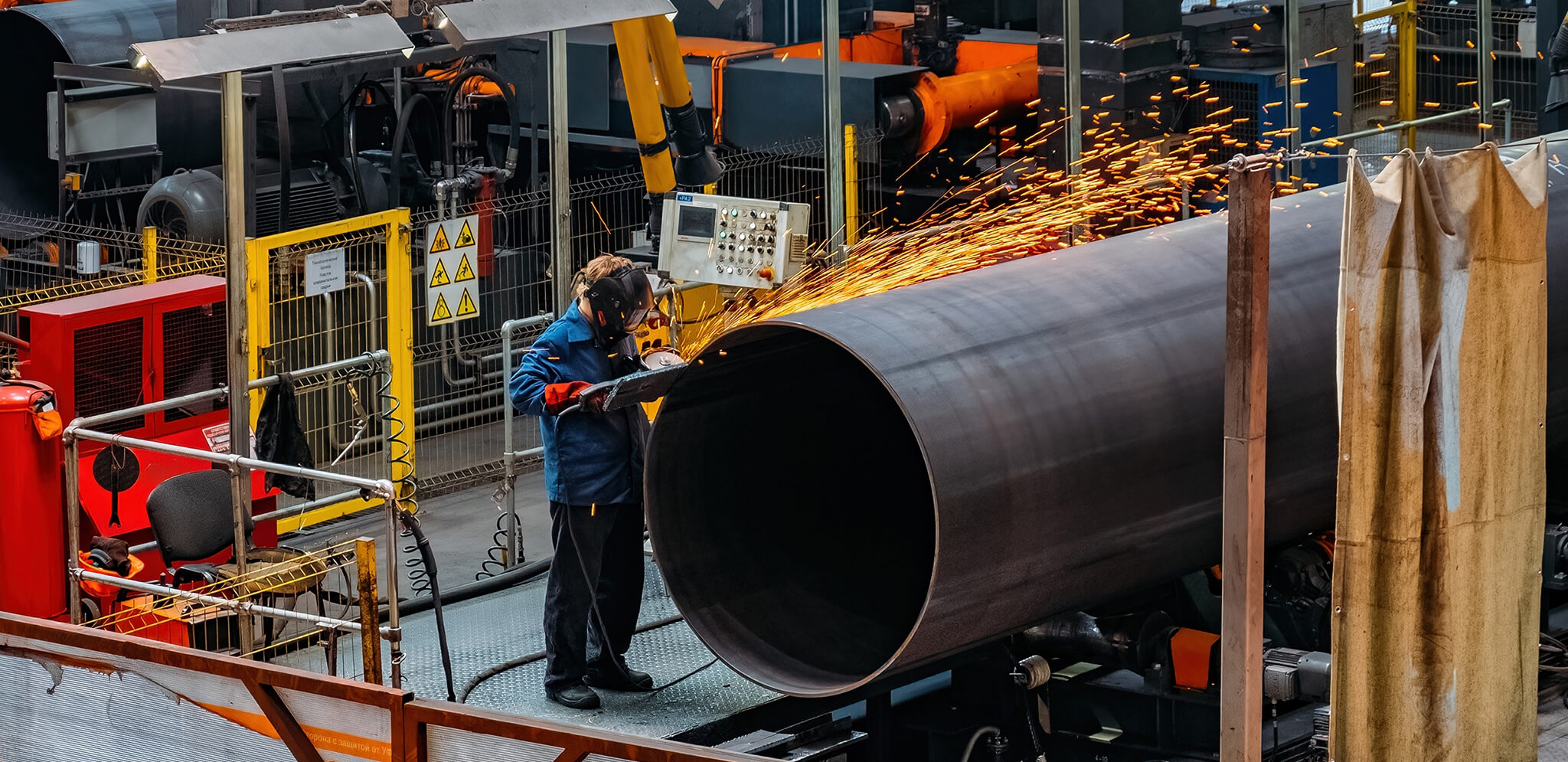Industrial and commercial plumbing projects require careful consideration of the materials used. Your choices impact the performance and longevity of your plumbing systems. This article will explain the pros and cons of copper and plastic tubing to help you understand which material is best suited for your project.
COPPER TUBING: A TIME-TESTED CLASSIC
Copper tubing has long been a staple in the plumbing industry due to its durability, high thermal conductivity, and corrosion resistance. It comes in two main types: rigid and flexible—each offering specific benefits in various applications.
PROS
- Longevity: Copper tubing has a proven track record of lasting decades without failure, making it a reliable choice for long-term plumbing installations.
- High Thermal Conductivity: Copper’s efficient heat transfer properties make it ideal for hot water systems, ensuring effective heat delivery.
- Corrosion Resistance: Copper is naturally resistant to corrosion, which helps ensure the integrity of the plumbing system over time.
CONS
- Cost: Copper tubing is typically more expensive than its plastic counterparts, which can be a significant factor when budgeting for a project.
- Installation Complexity: Copper tubing installations require skilled labor and specialized tools for soldering, which can increase both the time and cost involved.
- Susceptibility to Freezing: Copper pipes can be vulnerable to freezing and bursting if insulated incorrectly in cold environments.
PLASTIC TUBING: A MODERN ALTERNATIVE
Plastic tubing is primarily made from materials like PEX (cross-linked polyethylene), PVC (polyvinyl chloride), and CPVC (chlorinated polyvinyl chloride). Plastic tubing has become increasingly popular in industrial and commercial plumbing applications due to its affordability, ease of installation, and adaptability.
PROS
- Cost-Effective: Plastic tubing is generally more affordable than copper, making it an attractive option for budget-conscious projects.
- Easy Installation: With fewer specialized tools and skills, plastic tubing installations can be faster and more straightforward than copper.
- Flexibility: Plastic tubing can easily bend and navigate tight spaces, simplifying installation in complex environments.
- Resistant to Freezing: Plastic pipes are less susceptible to freezing and bursting. They can expand and contract with temperature changes, giving them flexibility in different environments.
CONS
- Durability Concerns: While plastic tubing has improved significantly over the years, it may have a different long-term durability than copper tubing.
- Lower Thermal Conductivity: Plastic pipes are less efficient at heat transfer, making them less suitable for hot water applications.
- Environmental Considerations: The production and disposal of plastic materials can have a more significant ecological impact than copper.
CHOOSING BETWEEN COPPER TUBING AND PLASTIC TUBING
Carefully analyze the specific requirements and constraints of your application. Then, weigh the pros and cons of each material. For example, copper tubing is known for its durability and thermal conductivity, while plastic tubing offers cost savings and ease of installation.
If you need help deciding which tubing fits your needs and budget, don’t hesitate to call your nearest Schulte Supply. The phone number is at the bottom of the page. Our experts would be happy to help you!
Sources
https://www.rotorooter.com/frequently-asked-questions/pipes/should-our-water-pipes-be-copper-or-plastic/
https://www.pipsisland.com/copper-vs-pvc-pipe/

